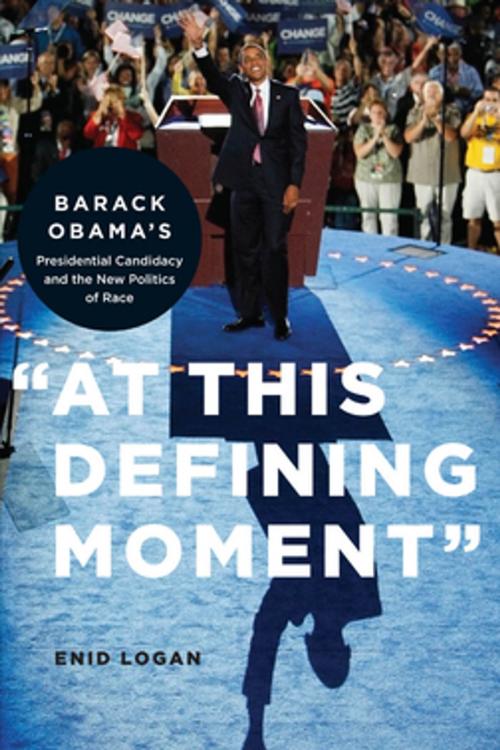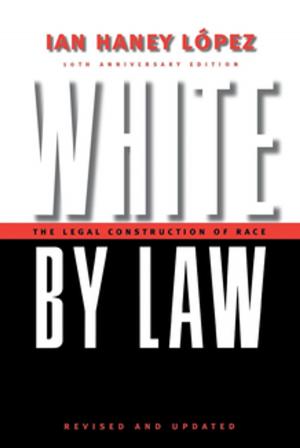“At This Defining Moment”
Barack Obama’s Presidential Candidacy and the New Politics of Race
Nonfiction, Social & Cultural Studies, Social Science, Cultural Studies, Ethnic Studies| Author: | Enid Lynette Logan | ISBN: | 9780814738023 |
| Publisher: | NYU Press | Publication: | October 1, 2011 |
| Imprint: | NYU Press | Language: | English |
| Author: | Enid Lynette Logan |
| ISBN: | 9780814738023 |
| Publisher: | NYU Press |
| Publication: | October 1, 2011 |
| Imprint: | NYU Press |
| Language: | English |
In January 2009, Barack Obama became the 44th president of the United States. In the weeks and months following the election, as in those that preceded it, countless social observers from across the ideological spectrum commented upon the cultural, social and political significance of “the Obama phenomenon.” In “At this Defining Moment,” Enid Logan provides a nuanced analysis framed by innovative theoretical insights to explore how Barack Obama’s presidential candidacy both reflected and shaped the dynamics of race in the contemporary United States.
Using the 2008 election as a case study of U.S. race relations, and based on a wealth of empirical data that includes an analysis of over 1,500 newspaper articles, blog postings, and other forms of public speech collected over a 3 year period, Logan claims that while race played a central role in the 2008 election, it was in several respects different from the past. Logan ultimately concludes that while the selection of an individual African American man as president does not mean that racism is dead in the contemporary United States, we must also think creatively and expansively about what the election does mean for the nation and for the evolving contours of race in the 21st century.
In January 2009, Barack Obama became the 44th president of the United States. In the weeks and months following the election, as in those that preceded it, countless social observers from across the ideological spectrum commented upon the cultural, social and political significance of “the Obama phenomenon.” In “At this Defining Moment,” Enid Logan provides a nuanced analysis framed by innovative theoretical insights to explore how Barack Obama’s presidential candidacy both reflected and shaped the dynamics of race in the contemporary United States.
Using the 2008 election as a case study of U.S. race relations, and based on a wealth of empirical data that includes an analysis of over 1,500 newspaper articles, blog postings, and other forms of public speech collected over a 3 year period, Logan claims that while race played a central role in the 2008 election, it was in several respects different from the past. Logan ultimately concludes that while the selection of an individual African American man as president does not mean that racism is dead in the contemporary United States, we must also think creatively and expansively about what the election does mean for the nation and for the evolving contours of race in the 21st century.















